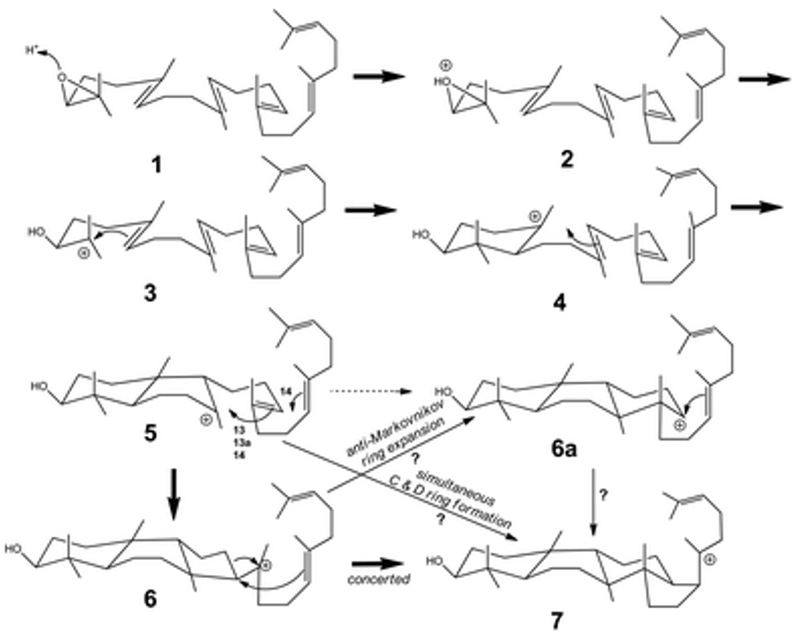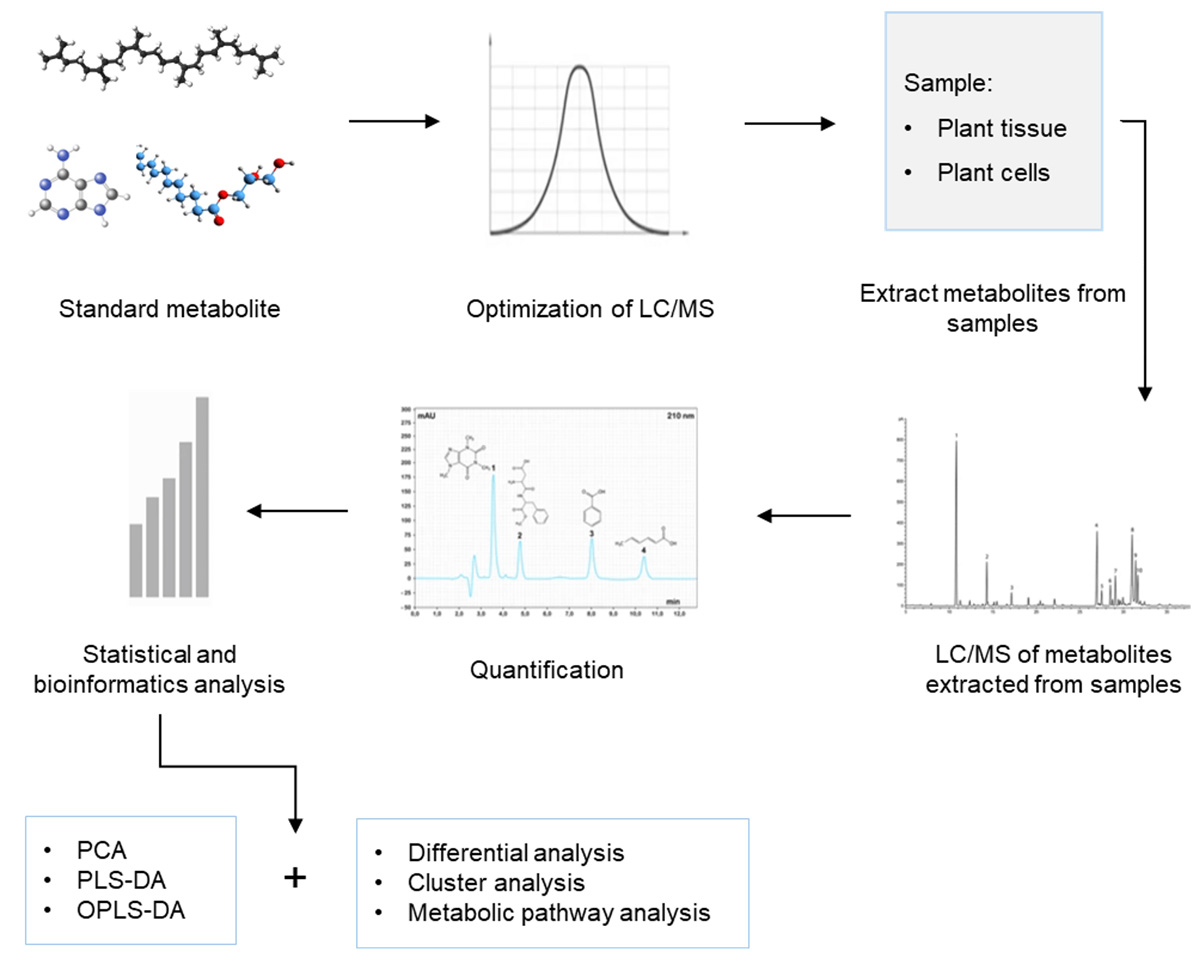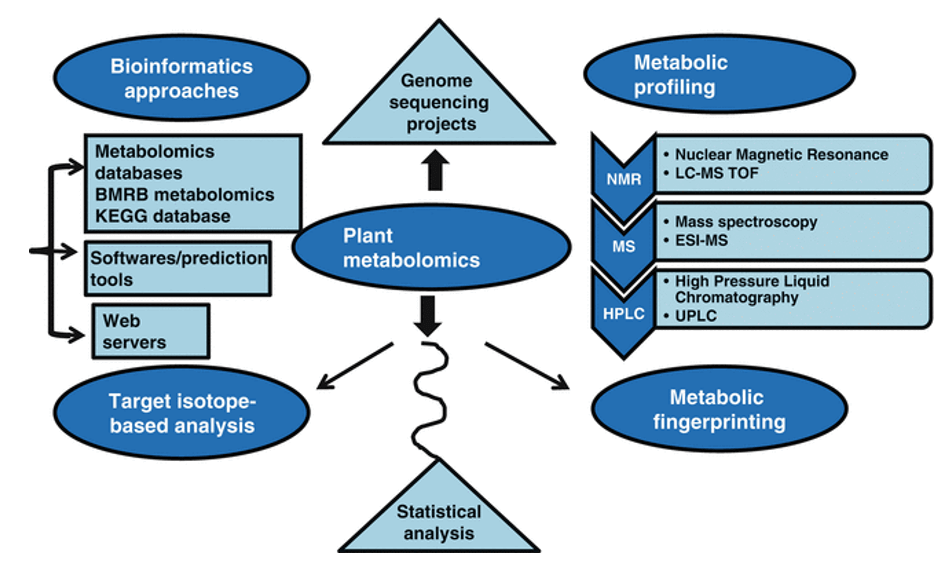Squalene Analysis Service
Submit Your InquiryOverview
Squalene is an isoprenoid compound composed of 6 non-conjugated double bonds and has strong antioxidant activity. Therefore, squalene is mainly used as a functional food additive in food. Squalene not only exists in animals and plants, but is also distributed in microorganisms. Squalene has an oxygen-carrying function similar to red blood cells. It combines with oxygen in the body to generate activated oxygenated squalene, which is transported to the terminal cells of the body through the blood circulation and releases oxygen to promote the biological oxidation-reduction reaction in the body's metabolism. It also has anti-cancer and anti-cancer effects. Squalene has the effects of anti-oxidation and resistance to ultraviolet rays, and is widely used as an emollient. In order to enhance the therapeutic effect of drugs, squalene is widely used as a drug slow-release agent. The gas chromatography-mass spectrometry method has the advantages of high efficiency and rapidity, simple operation, low pollution and high detection sensitivity, which can meet the rapid and high-throughput detection of squalene in multiple sample types.
 Figure 1. The overall pathway for the enzymatic conversion of squalene oxide to the protosterol cation. (Hess 2017).
Figure 1. The overall pathway for the enzymatic conversion of squalene oxide to the protosterol cation. (Hess 2017).
Applications of Squalene Analysis
- Quantitative determination and analysis of squalene
- Speed up the pace of application in the cosmetics industry and in the pharmaceutical industry
- The quality and safety of functional food additives
- Reveal the active mode of squalene
Advantages of Our Squalene Analysis Service
Service Workflow
 Figure 2. Squalene analysis service workflow.
Figure 2. Squalene analysis service workflow.
Detection method: standard curve method, external standard method for quantification
Precision: 1.00%-3.35%
Standard recovery rate: 83.60%-110.44%
Average recovery rate of standard addition: 98.89%
Detection limit: 0.10mg/L.
Reaction mode: ion monitoring mode
Detection limit: 0.1ug/ml
Limit of quantification: 0.25ug/ml
Relative standard deviation: 1.00%-3.35%
Analysis content:
- Standard curve drawing
- Selection of sample pretreatment conditions
- Quantitative ion selection
- Linearity range and lowest detection limit
- Accuracy and precision inspection experiment
- Limit of quantification analysis
- Mass spectrum raw image and data collection
- Quantitative analysis of squalene and its metabolites
Sample Preparation
- Animal and clinical tissue samples: 50mg/sample
- Blood samples: 50ul/sample
- Urine sample: 50ul/sample
- Stool and intestinal contents: 25mg/sample
- Body fluid samples: 25mg/sample
- Plant tissue samples: 50mg/sample
- Cells and microbial cells: 1x106/sample
- Medium and fermentation broth: 50ul/sample
- Sample storage and transportation: Store in liquid nitrogen or -80℃, and transport on dry ice.
Clinical samples, no less than 30 duplicates in a single group; animal samples, no less than 9 duplicates in a single group; cell and microbial samples, no less than 5 duplicates in a single group; other such as plant samples, no less than 7 duplicates in a single group repeat.
The samples include multiple sample types such as animals, plants and microorganisms, please contact us for details.
Delivery
- Detailed experimental protocol
- Sample pretreatment analysis
- Total ion current diagram
- Mass spectrum raw image and data analysis report
- Quantitative analysis of squalene and its metabolites
- Customized analysis report
GC-MS/MS can perform high-throughput and high-precision determination of squalene content, which not only has higher detection sensitivity, but also saves time and cost and greatly improves detection efficiency. Creative Proteomics can provide stable and reliable analysis technology to meet the testing needs of multiple sample types.
References
- Hess B A. Computational studies on the cyclization of squalene to the steroids and hopenes. Organic & Biomolecular Chemistry. 2017;15(10):2133-2145.
- Paolicelli R C, Widmann C. Squalene: friend or foe for cancers. Current Opinion in Lipidology. 2019;30(4):353-354.








